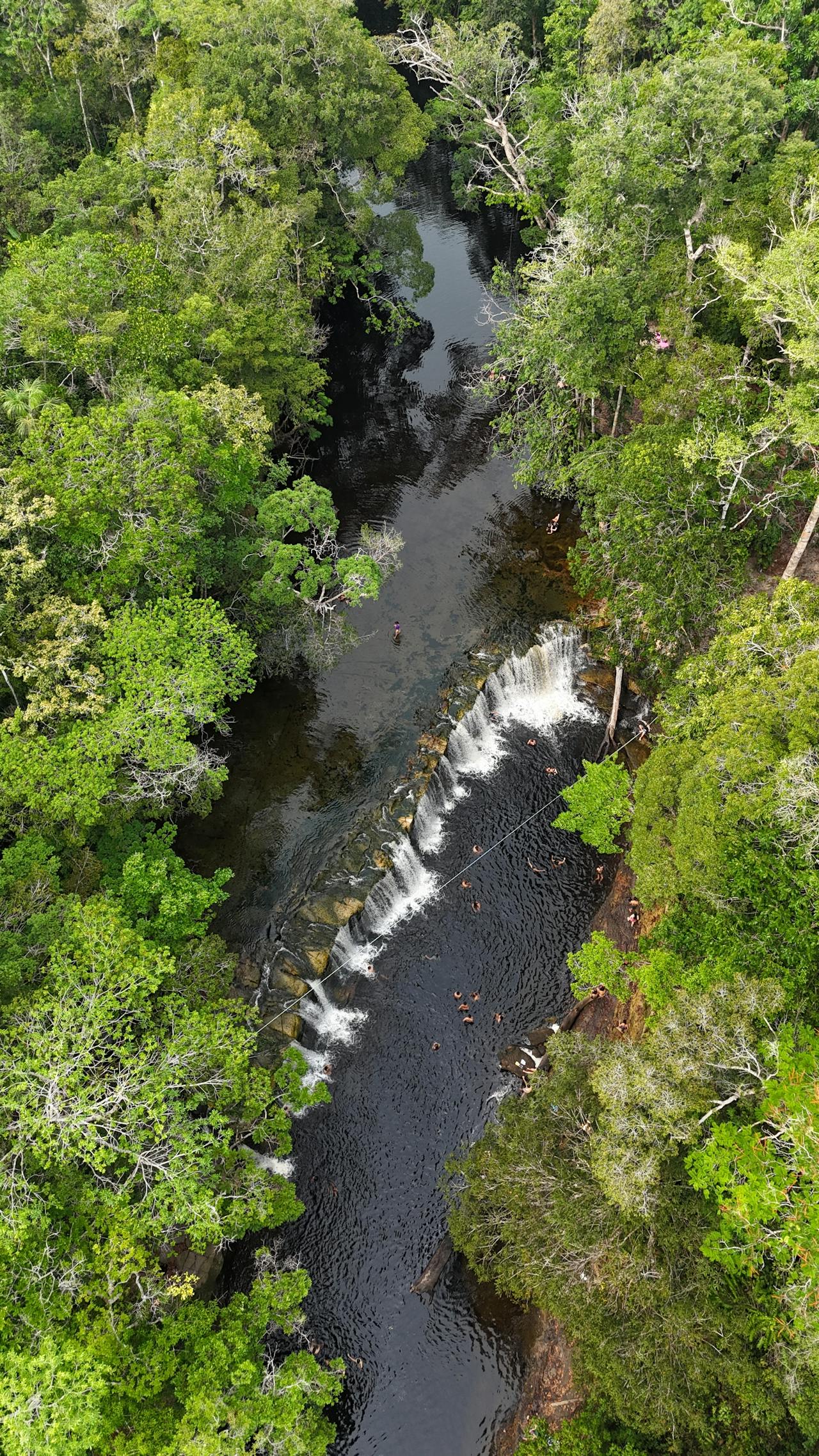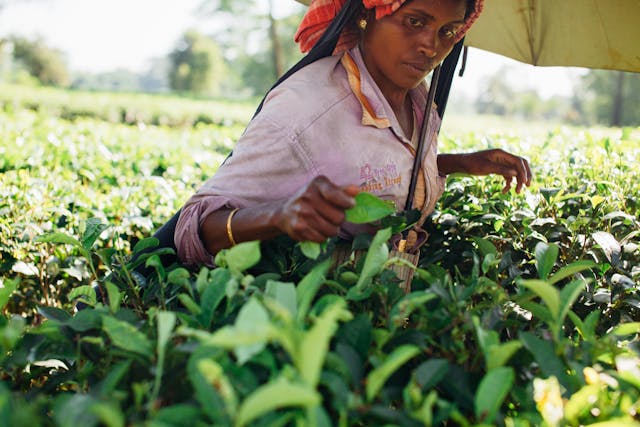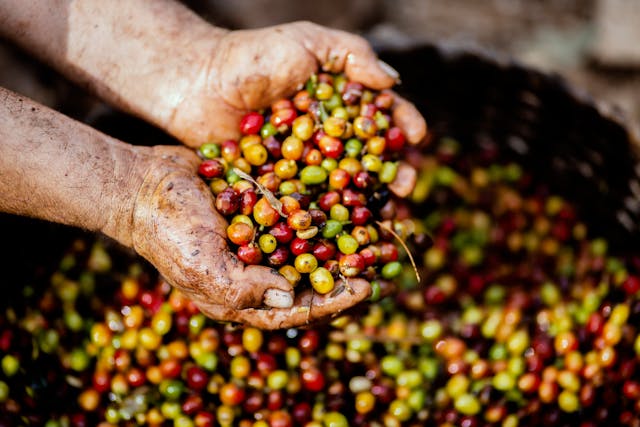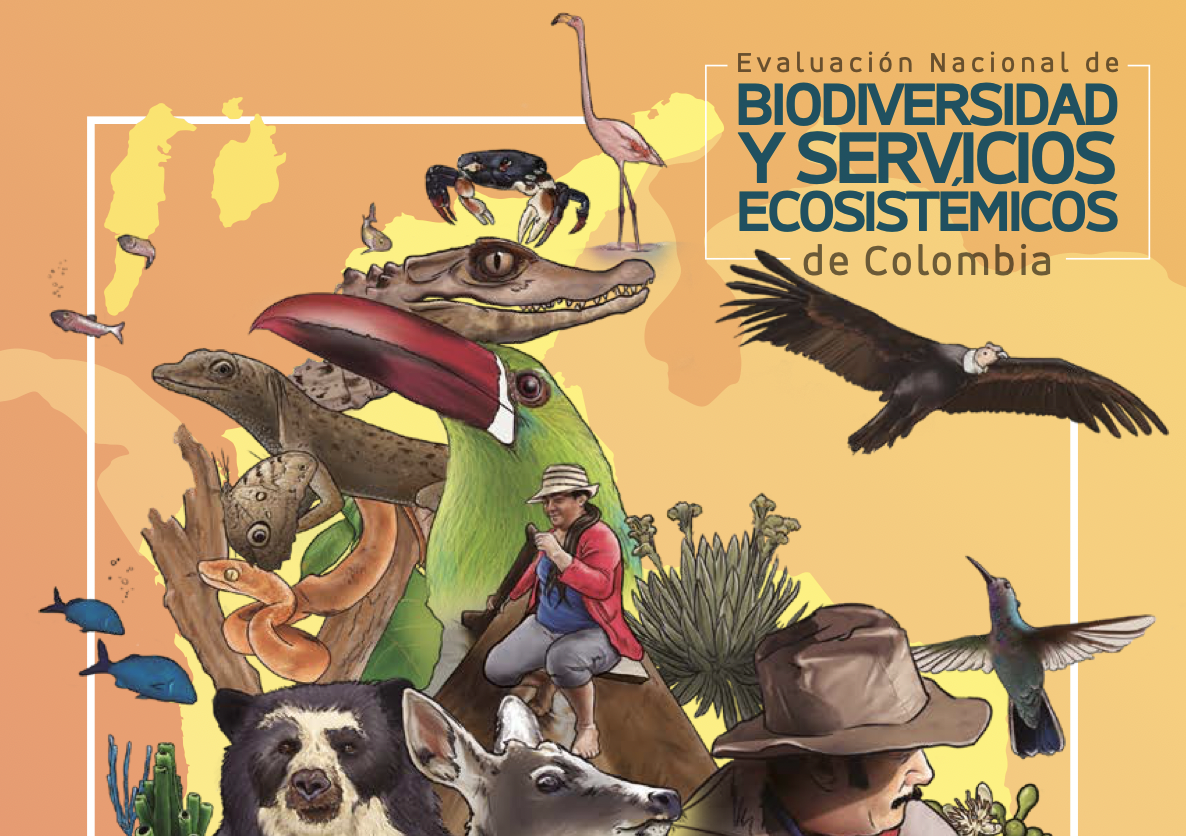We examine the feasibility of improving connectivity between two dryland woodland types (“Espinal”, a savanna type habitat, and sclerophyllous forest) in the Mediterranean climate zone of Chile, for restoration purposes. The restoration approach we examine involves the reintroduction of guanacos (Lamaguanicoe) in a “transhumant rewilding” model. The guanacos stimulate the growth of Acacia caven intestinal through browsing, and also provide seed and nutrient dispersal and connectivity between the two woodland types. As in many drylands, degradation is problematic in this region, but clear criteria or maps of degradation are lacking. Thus to assess where restoration is required, how degradation has varied with ENSO across years, and how degraded areas are distributed across the region, we constructed an index of woodland condition from Normalized Difference Vegetation Index (NDVI), Net Primary Production (NPP), and evapotranspiration (ET), derived from MODIS data at 1 km resolution for each year between 2000 and 2013 inclusive. We construct a least-cost path for each year, which models the possible transhumant movements of herded guanacos between low and high-quality woodlands each year. We find highly fragmented areas of Espinal, sclerophyllous forest, and overlap between these, which we identified as successional habitat. We also found a fully-connected network linking low-quality and high-quality fragments of all types of woodland in each year. This shows that guanaco transhumant herding has the capacity to be used to create regional connectivity and restoration services.
Restoring connectivity between fragmented woodlands in Chile with a reintroduced mobile link species
Year: 2017

































































































































































































































































































































































































































































































































































































































































































































































































































































































































































































































